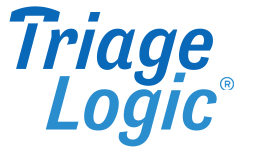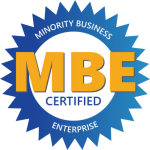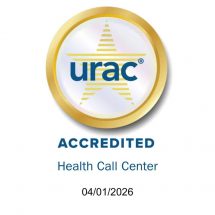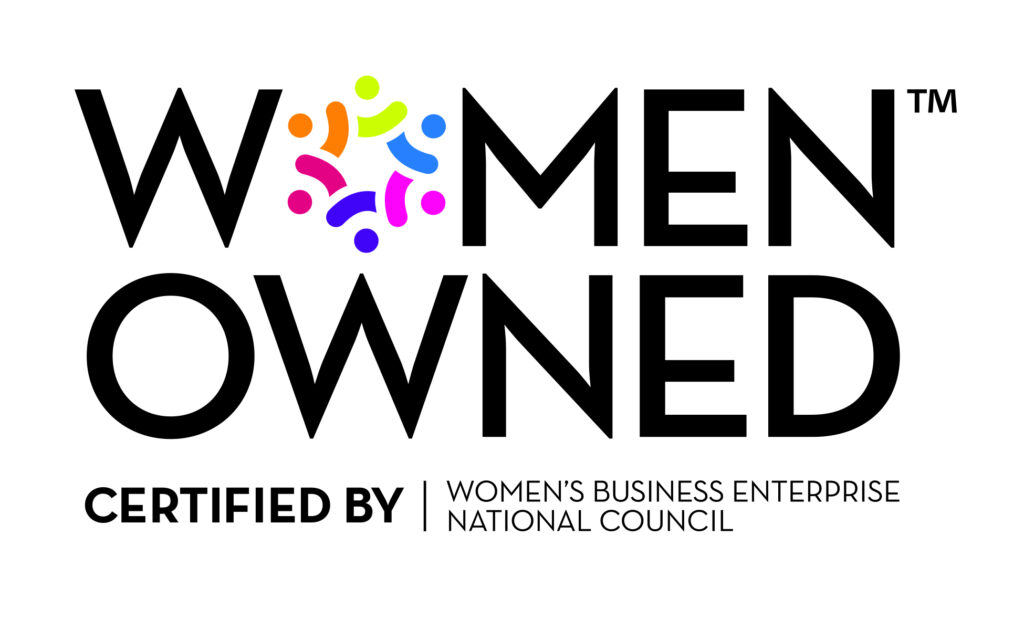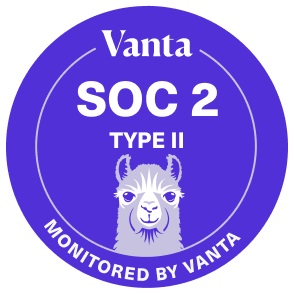Schmitt-Thompson triage protocols cover a wide range of patient symptoms in both adults and children, and have become the gold standard for dispositions on care. Now, Dr. David Thompson has developed a new set of protocols that can be used in hospice care. TriageLogic is fortunate enough to have had the opportunity to learn from him directly about how these protocols were developed, their purpose, and their importance to telehealth triage. The following Q&A is republished with his permission.
Can you give us a little background about why you started creating hospice telehealth triage guidelines?
Many hospice programs are centralizing the management of their after-hours calls. These after-hour calls are typically handled by triage nurses who have varying degrees of hospice experience.
Several call centers have reached out to us and identified the need for more standardized, evidence-based telehealth triage guidelines for hospice patients.
We recognize these hospice triage guidelines would need to be uniquely different than the other Schmitt-Thompson Clinical Content (STCC) adult telehealth triage guidelines. New guidelines were needed to account for the unique differences in goals of care and resources available to hospice patients.
Can you give an overview of how you build these guidelines?
The adult STCC editorial team follows an 11-step clinical governance process for researching and writing every new telehealth triage guideline. For hospice guidelines, that process starts with a review of the palliative and hospice care research literature and national guidelines. We also review the related adult triage content that has been researched and tested in call centers for over 25 years.
Each new hospice guideline draft is reviewed by our Hospice Work Group. This work group consists of hospice and palliative care experts (three physicians and three hospice nurses) from across the United States. The STCC editorial team is also involved in every step of the review process.
How are hospice triage guidelines different than the existing triage guidelines?
The hospice guidelines are different than the existing adult triage guidelines in several important ways:
- The Triage Dispositions are very different. Hospice guidelines generally do not utilize 911 or Emergency Department (ED) Now dispositions. Almost all hospice care required can be provided to the patient in their home or other residence (e.g., nursing home). Hospice patients typically have a designated care team that provides 24-hour support 7 days a week. Hospice team members can go to the home and assess the patient and provide care. For example, instead of sending the patient to the ED for severe or worsening symptoms, the disposition may be for an on-call hospice nurse to make a home visit (or video visit) now.
- The Triage Assessment Questions in the hospice telehealth triage guidelines are written using decision logic that incorporates the goals of hospice care and focus on symptom management.
- The Care Advice for symptom management is often uniquely different for patients who have a terminal illness. The goals of patient-focused care are comfort rather than cure. For example, many hospice patients have limited oral intake, including fluids. This impacts how we address management of the symptom of constipation. Triage nurses must also follow the plan of care and hospice patient’s medication orders. Finally, we added care advice unique to end-of-life care such as repositioning, turning, and mouth care.
- The Background Information section includes information unique to the hospice patient population. For example, the most common causes of anxiety are different for hospice patients compared to the general adult population. The Background Information section of each hospice guideline also outlines the principles of hospice care. This section can be used for training and as a resource for triage nurses who are less familiar with hospice care.
Why are hospice telehealth triage guidelines an important addition?
Hospice programs have a long history of providing high quality, patient-centered care. The addition of hospice telehealth triage guidelines further enhances the quality of hospice care by promoting a consistent, evidence-based approach to triage of patient and caregiver calls.
The triage guidelines provide the nurse with easy-to-access decision-making tools and information they can use to support the patient, family, and caregivers after-hours.
What settings do you envision these guidelines being used in? Who should consider using hospice guidelines?
We envision the main users will be nurses in triage call centers who support hospice programs after-hours. In smaller hospice programs, the on-call hospice program nurse may field the calls that come in after-hours. The hospice nurse could use the telehealth triage guidelines to help document and manage these calls after-hours. Finally, occasionally a hospice patient may reach a general triage service (e.g., by calling their primary care provider office). In these situations, the triage nurse could use the hospice triage guidelines as a reference/resource and direct the patient to call their hospice program 24/hour support number.
What is your timeline to make these available?
Currently there are two hospice telehealth triage guidelines available in our Adult After-Hours 2021 guideline set. We have reviewed and revised these 2 guidelines significantly. We plan to add 10 to 12 new symptom-based hospice triage guidelines which will be available with our annual 2022 guideline release (typically occurs around May).
Our hospice content experts provided us with data and guidance for selecting the most common symptoms and concerns hospice programs encounter with after-hour calls. We believe this initial set of hospice guidelines will cover about 80 to 90% of the types of hospice-specific concerns encountered. Triagers will also have access to the full set of nearly 400 adult telehealth triage guidelines. We will consider adding additional hospice guidelines in the future based on input from our customers.
About David Thompson, MD
Dr. David Thompson specializes in internal and emergency medicine, reflected in the protocols he has developed to address symptoms in adult patients. He’s published several medical articles that focus on patient satisfaction and chief complaint coding, and currently serves part-time with the faculty at Northwestern Memorial Hospital’s Emergency Department.
About TriageLogic
TriageLogic is a URAC-accredited, physician-led provider of top-quality nurse telehealth technology, remote patient monitoring, and medical call center solutions. Founded in 2007, the TriageLogic Group now serves more than 9,000 physicians and covers over 25 million lives nationwide.






